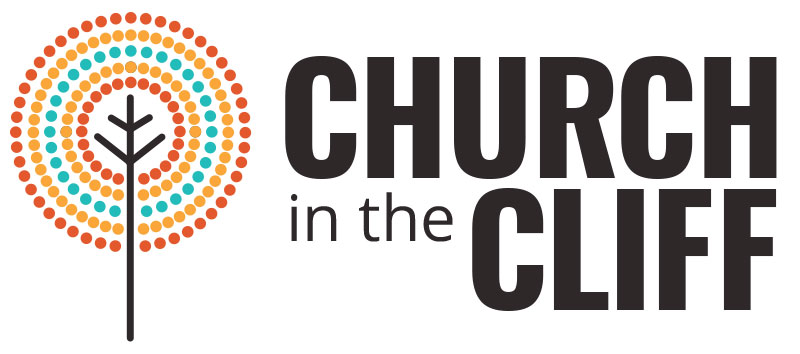Here’s what they won’t tell you about creativity: sometimes it doesn’t work out. I wrote all afternoon yesterday and then realized I hated it. I don’t have the same standards for a blog post that I might for an essay or a sermon; I generally just keep pulling a thread to see where it goes. Yesterday, it went nowhere.
Scripture might tell us that this is expected. There is great skepticism about human creativity. The descendants of Cain, the first sinner in the Bible, are the inventors of culture: domesticated livestock, music, smithing. They make things and they make things to defend those things.
There are two main words for creation in the Hebrew Bible. The first – literally the first word in the Bible – is bara. This is usually used for God’s creative activity, so it is majestically framed. The first creation narrative is the grand ordering of heaven and earth: bara bereshit Elohim – in the beginning of God’s creating. It suggests cutting or clearing, as God divides the light from the dark and the earth from the sea. The second word for creation, yatsar, is more crafty, more artisanal. It is squishing hands in the mud. God does this, too, creating the earth creature in the Garden. But it is also the word that is used when humans fashion the Golden Calf. Human creation is suspect.
But one of my favorite insights from John Caputo’s Weakness of God was that God’s creative process may not be as foolproof as we think. As Caputo likes to say: God has a plan. And it just might work! Here, we might want to leverage the traditional interpretation of the second creation narrative as a close-up view of the first, the nitty-gritty to the hymn of Genesis 1. In Caputo’s view, the reason we need the Sabbath is a time for recreation, to recreate whatever went wrong in creation, a regular time for course correction.
I’m thinking about my own creative practice, my painting. I’m not very good at it. I don’t ever have a plan. Instead, I have a process with a set of rules. I have a limited set of colors: the canvas background, a matte white, and glossy black, blue, and red. I don’t mix colors; I put them on straight from the can. I don’t allow the colors to mix on the canvas; I let marks dry before going back to that canvas. The result is a build-up of layers. Everything that happens is a series of barely considered marks that pile up over time. By being attentive to what is happening, I slowly refine the image until it is done. This might take a day or five years. What makes them beautiful, to me, is that everything that has happened is still present in the final product. It may be a ghost of a line behind a layer of white, but it’s still there. Sometimes a shape of color is merely muted by the next layer, so that what’s on top becomes a filter for what is below. In some ways, there is nothing but course correction.
As I said at the beginning, creativity doesn’t always work out. I feel like this is not working out. Again. But I know from painting that the best pieces are the ones that rest in a tension between creation and resolution. (Maybe?) I’m not sure how I got from hermeneutics to painting, but maybe that’s okay. Maybe this is one of those things that didn’t go according to plan, but will be layered over, repurposed, reframed, and recreated. Maybe not by me, but by someone.
